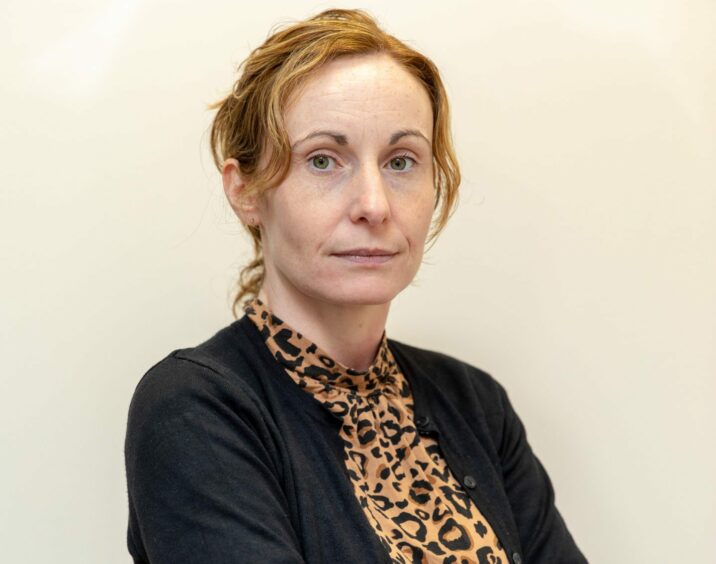When I opened an email entitled ‘Waid bullies and fights’ last week I had no idea I was also opening Pandora’s box.
Having hit play on the attached video, my emotions swung from shock and horror at the violence I was watching in a classroom of all places, to fear for my own son soon to start secondary school.
Then came the anger – anger that children were being subjected, whether as victims or witnesses, to aggression that too many people seem to accept as part of school life.
Since The Courier revealed the incident at Waid Academy, I’ve been stunned by the accounts my colleagues and I have heard from parents whose children have suffered assaults, abuse and cruel taunts from their peers.
Some on a daily basis.
Parents’ accounts of torment
One parent told me of an assault on her daughter, saying: “If it had been an adult they would have served a jail sentence.”
Another revealed her daughter’s safety couldn’t be guaranteed and they were advised to move her to another school.
Teachers – who must be horrified by what they are seeing happen to children they care about – seem to have inadequate tools to help.
And people’s fear about speaking up – children afraid of being branded a grass and parents’ worry they’ll cause them more grief – means the issue can all too easily fall under the radar.
Bullying and violence in schools is very different today from the bullying of generations before.
Mobile phones and social media have added a cruel twist – an extra egging on – to those who know they are being filmed throwing the punches.
Messages and posts stoke the flames, and recordings of the ensuing clash intensify the humiliation, multiplying the audience of the chanting crowd.
But although bullying and violence in schools has changed, it’s nothing new.
It happened when our grandparents, their grandparents and their grandparents before them were children.
There are children going to school knowing that they are going to be bullied. Terrified this might be the day they take a beating.”
“Never any fights when you were at school?”
That was a question asked by one local politician of another on Twitter in the aftermath of last week’s controversy.
But when our grandparents, their grandparents and their grandparents before them were children, it was also acceptable for teachers to whack children with leather straps and cause them excruciating pain.
We wouldn’t tolerate that now, but still there are children going to school knowing that they are going to be bullied.
Terrified this might be the day they take a beating.
As the mother of a boy who will soon cross over the threshold of high school for the first time, that strikes fear into my heart.
Most schools use what are known as restorative approaches to deal with bullying – Education Secretary Shirley-Anne Somerville has previously told us exclusion should be a last resort.
They work with the perpetrators to help them recognise the impact of their behaviour and to alter it. The bullies are children too, and in many cases victims themselves.
Of course, this approach makes sense in theory and it should continue to play a role.
But it appears it is providing little deterrence in practice.
What’s the solution?
Many have proffered the old school “thump them back” advice.
But that’s encouraging more violence and risks making the victim equally culpable.
Retired police officer Graham Goulden spoke of the power of the active bystander – encouraging onlookers to intervene – but isn’t that shifting responsibility on to perhaps terrified kids?
So what’s the solution? That is the million dollar question.
But we owe it to our children to do our utmost to find it.
I don’t have an answer, and can only shine a light on what’s happening in the hope of stirring up the political will to find one.
We need to make sure children are not frightened to go to school, fearing they are going to be attacked.
As First Minister Nicola Sturgeon herself said on Monday, bullying in schools is “horrible, it’s unacceptable” and everyone wants to see as much done as possible to combat it.
We wrote off bullying and violence in schools in years gone by almost as a rite of passage for children.
But we can’t stand for it anymore.
Cheryl Peebles is The Courier’s schools and family team leader and mother to two children aged 11 and 9.












Conversation